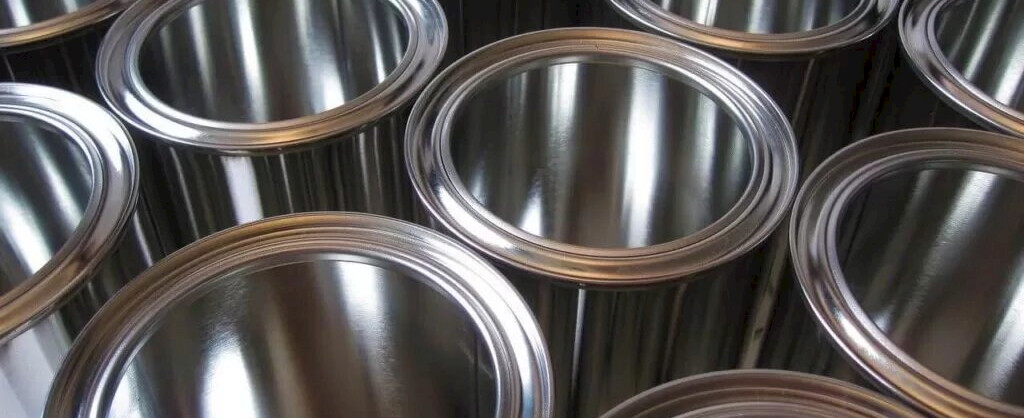Buy and sell Tin. Buy Tin online

Tin (Sn) is the chemical element with atomic number 50 in the periodic table of the elements. Tin can be white (the most common) or grey. White tin is metallic and electrically conductive, and grey tin is a non-metallic powder that is semi-conducting. It is a very malleable metal, which is why it is possible to create so-called tin foil, a sheet less than one thousandth of a centimetre thick.
Tin is extracted from the deposit by a method called dredging. The main ore (mineral from which the element is extracted) of tin is cassiterite where it is found as an oxide. Certain operations are then carried out to obtain tin concentrate which is found in ores such as cassiterite, stannite or tealite. The cassiterite is crushed and ground in suitable mills and then placed in a vat of water, which is then stirred. The tin ore remains at the bottom and the other materials are separated. It is then placed in a furnace where any tin sulphides in the ore are oxidised to oxides. The tin ore is put into a furnace where the tin oxide is transformed into tin, with the tin remaining at the bottom and the dross at the top. To obtain 99% tin, it is subjected to an electrolytic process.
Properties and characteristics
- It is resistant to corrosion by passivation and is therefore used to cover other metals and protect them from corrosion.
- It is an acid and weather resistant metal.
- It is present in many alloys.
- It melts at 231.9 °C and has a density of 7365 kg/m3.
- A very characteristic feature of tin is the so-called tin plague. As it is very sensitive to low temperatures, the metal becomes diseased when exposed to low temperatures. It begins to turn grey in colour, its volume increases and it starts to crumble, often turning into a powder.
Types of tin alloys
Tin-based alloys (white metals) generally contain lead, copper and antimony. The most common tin alloys are the following:
- Bronze: (tin+copper).
- Soft solder: (tin+lead).
- Pewter: (tin+lead+copper+antimony): it differs from bronze in having 85-90% tin and the presence of antimony and lead.
- Britannia metal: (tin with antimony and copper).
Tin recycling
Tin can be recycled either in scrap yards or from authorised waste managers. It can be purchased in different formats and is destined for smelting. Tin is used as a compound in various industries or as a coating for other metals, but it is produced in large quantities and is not recycled as it should be. This creates a waste of the material. This metal can be massively used and given a second life by recycling it. In this way, it would help the environment and would not end up in landfill.
Buy or sell tin metal on ScrapAd
With ScrapAd, you can access a wide range of tin for sale advertisements. Register for free on the platform, and start trading! Contact us if you have any questions about scrap metal trading.